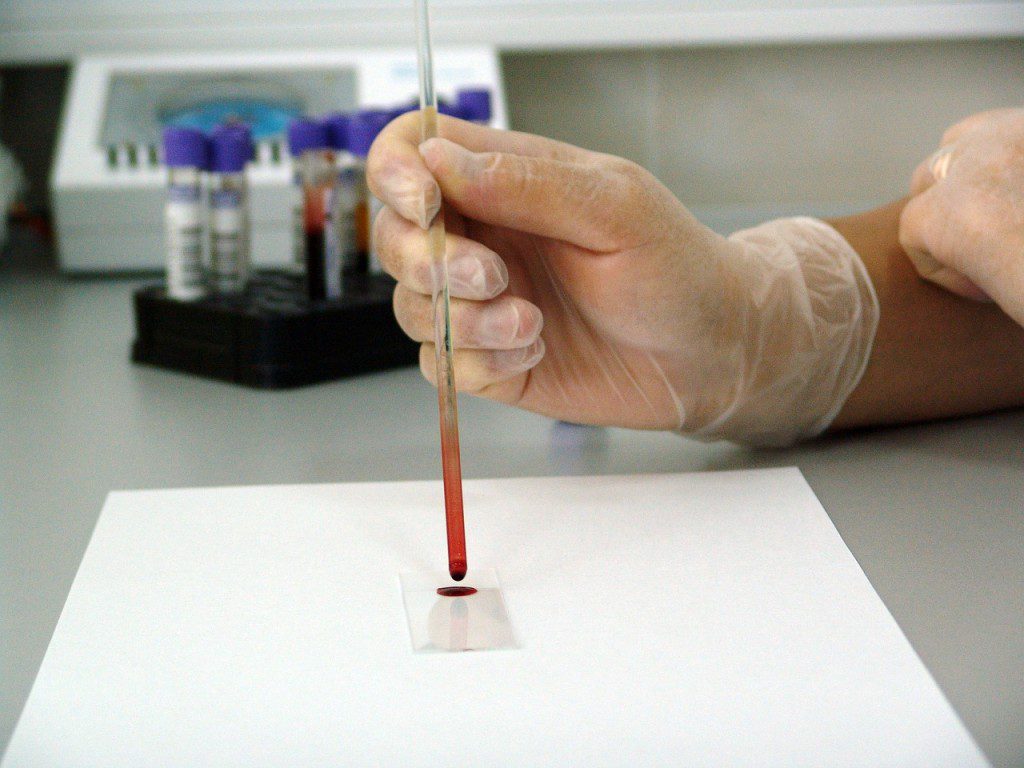HBA1C (sometimes also called A1c or hbA1c) is a complicated mash of alphabet soup used to describe glycated hemoglobin. That doesn’t clarify much, does it? What is HBA1C and what does it have to do with you? Well, hemoglobin is a protein found in red blood cells that helps carry oxygen throughout the body as blood is pumped. “Glycated” hemoglobin is hemoglobin that has joined with glucose, a sugar molecule, and will stay that way for the remainder of its cellular life cycle (Diabetes.co.uk, 2015).
This in of itself is nothing to worry about. Sugars naturally interact with the bloodstream all the time. Any time you eat a donut, some of that sugar will end up passing through your blood. But for diabetics, or people at a higher risk of developing diabetes, HBA1C is important to measure at regular intervals.
HBA1C is an excellent barometer for the total amount of sugars in the body. When screening for diabetes or related symptoms, doctors will do several tests of HBA1C levels over the course of a few weeks or months to determine where your sugar intake is at. Those who suffer from hypoglycemic episodes will also become familiar with their HBA1C levels during testing.
If your HBA1C level is too high, changes must be made. The most obvious solution is to cut your sugar intake, sometimes drastically, but some doctors will also recommend further action. Exercise, for instance, is a good way to moderate your HBA1C levels. Studies have shown that strength training is actually the most effective way to do this, though aerobic or cardio exercise also have benefits (Bweir, 2009).

In order to measure your HBA1C levels, doctors usually require a simple blood test. There is no special preparation required before the test, the food items you eat or drink won’t skew the results significantly. One test can give information about the previous three months of HBA1C levels, and if you require regular testing, doctors may recommend you get tested at three month intervals (Medline Plus, 2014).
As a general rule, an HBA1C level of under 5.7% is considered normal. However, you may still be at risk for insulin resistance. A level between 5.7% and 6.4% suggests that you are at risk of developing diabetes. And HBA1C levels of over 6.4% pretty much only occur in diabetics.
If you’re interested in getting tested for high HBA1C levels, talk to your doctor about your options. The test is quick and easy, and there are even kits you can buy to use at home. If you feel like diabetes might be a risk for you, your HBA1C levels are a good piece of info to keep in mind.
You make also be interested in the follow, What is insulin resistance?, a precursor to diabetes.
References
Guide to HBA1C. (2015). Diabetes.co.uk. Retrieved on 7/14/2015 from http://www.diabetes.co.uk/what-is-hba1c.html
Bweir, S. (2009). DMSJournal.com. Retrieved on 7/14/2015 from http://www.dmsjournal.com/content/1/1/27
A1C Test. (2014). Medline Plus. Retrieved on 7/14/2015 from http://www.nlm.nih.gov/medlineplus/ency/article/003640.htm

